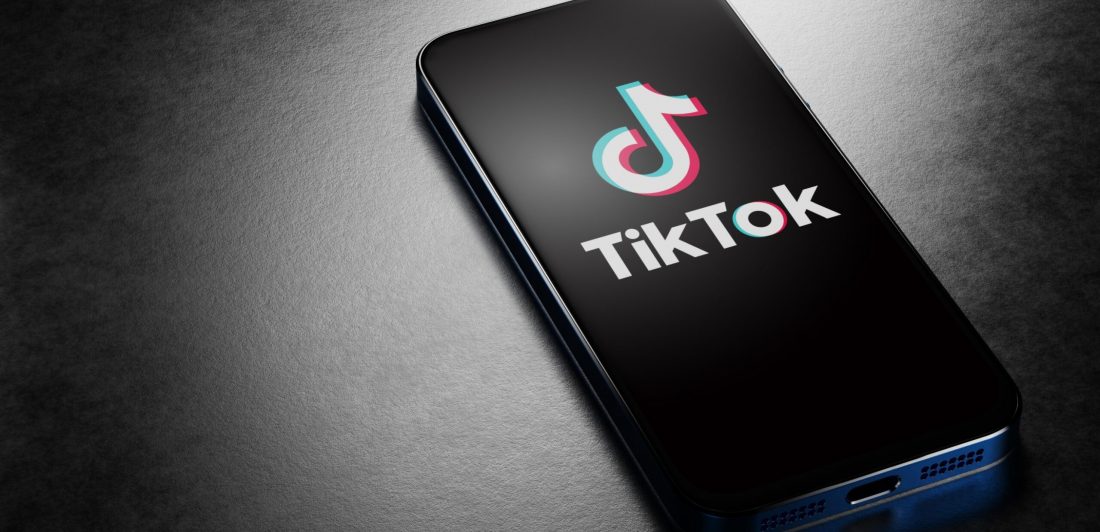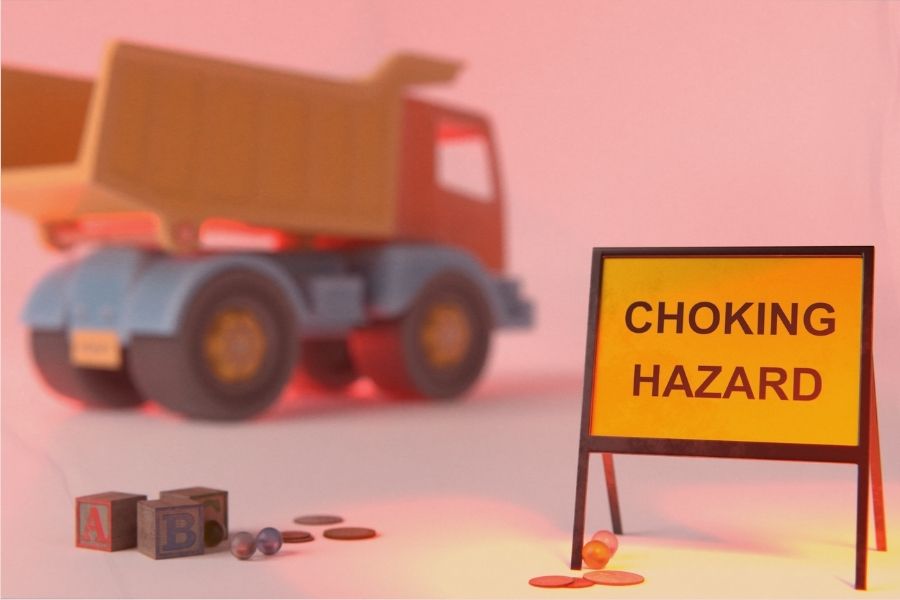It’s no secret to anyone that teenagers today spend a large amount of time on their phones. But how much time are they really spending staring at screens? A 2021 study by Common Sense Media reported that teens spent, on average, over eight hours per day looking at their phones, and it could be taking a toll on their mental health.
As more and more research reports that teens are increasingly suffering from mental health issues correlated with social media use, concerned parents and other organizations are calling for reform. TikTok, one of the most popular social media platforms, has recently taken a step in the right direction by announcing a new feature: screen time limits.
What Are TikTok’s Screen Time Limits for Teenagers?
On March 1, 2023, TikTok announced that it would start implementing new safety features, including screen time limits for users under 18. TikTok’s Head of Trust and Safety, Cormac Keenan, stated that every account belonging to a user under the age of 18 will automatically have a daily screen time limit of 60 minutes. Once the 60-minute limit has been reached, teens will be required to enter a passcode to continue watching.
Users under the age of 13 will also have a 60-minute screen time limit. When their screen time limit has been met, a parent or guardian will have to enter a passcode that will only extend screen time for another 30 minutes. TikTok says these screen time limits will be put in place to require users and guardians “to make an active decision to extend that time.”
Additionally, TikTok says that the app will prompt teens to set a daily screen time limit if they opt out of the 60-minute default and spend more than 100 minutes on TikTok in a day. Teens will also receive a weekly inbox notification with a recap of their screen time.
What Other Safety Features Does TikTok Have?
TikTok recognizes that teenagers on its platform are vulnerable and need to be protected from the detrimental effects of social media usage. That’s why the company already has safety settings for teen accounts. Some existing safety features for minors include:
- Accounts for users ages 13-15 are set to private by default
- Only users 16 and older can utilize the private form of communication, known as a direct message (DM), from their accounts
- Only users 18 and up can host a LIVE community event
Safety Features in Family Pairing
In addition, TikTok is expanding the safety features in its Family Pairing capabilities. Family Pairing is another existing safety feature that allows caregivers to link their account with their teenager's account and customize their safety settings, including screen time management, restricted mode, direct message, and more.
Existing Safety Features in Family Pairing
In Family Pairing, parents or guardians can currently set controls for the following features:
- Screen time management: control teen’s daily screen time allowance.
- Restricted mode: limit content deemed inappropriate for some audiences.
- Direct messages: restrict DMs or turn them off completely.
New Safety Features in Family Pairing
In addition to the new screen time limits, TikTok has also introduced a few new safety features for Family pairing:
- Custom daily screen time: Caregivers can customize daily screen time limits for their teen. They will be able to choose different time limits for different days, giving more choices for different days of the week, holidays, travel, etc.
- Screen time dashboard: Caregivers will have access to relevant screen time data. The screen time dashboard provides summaries of time on the app, how many times the app was opened per day, and a breakdown of time spent on the app during the day and night.
- Mute notifications: Caregivers can schedule times to mute notifications. Currently, accounts aged 13-15 already do not receive push notifications from 9 p.m., and accounts aged 16-17 have push notifications disabled from 10 p.m.
While all of these safety features are great additions for teenagers, TikTok notes the importance of screen time limits for everyone. The company plans to roll out these safety features for all users, allowing them to customize their own screen time limits, mute notifications, and schedule sleep reminders.
Is Screen Time Bad for Teen Mental Health?
First, not all screen time is bad. Social media can be good if used in a healthy way. However, the problem with screen time and social media is that many times, they are used in unhealthy ways. These unhealthy behaviors can severely impact mental health, especially for teenagers. Today’s teens are seeing a spike in mental health issues, and they seem to be tied to social media use.
Why is social media often harmful to teen mental health?
1. Teens are biologically and developmentally vulnerable.
It’s common knowledge that teenagers crave social interaction and acceptance. During adolescence, the areas of the brain linked to social rewards are developing increases in dopamine and oxytocin receptors. Dopamine and oxytocin are “feel good” chemicals that reward the brain for certain behaviors. The release of these chemicals makes teenagers crave social rewards.
Unfortunately, most teenagers don’t yet have the ability to restrain themselves from partaking in these social behaviors, even if it’s causing them harm. The part of the brain that helps teens inhibit their behavior and resist temptations typically develops after the areas linked to social rewards. This leaves them biologically vulnerable to their own impulses.
2. Social media emphasizes metrics over human relationships.
Teens naturally crave social interaction, and there is an abundance of that social interaction on social media. The problem, though, is that most of the social interaction on social media emphasizes metrics rather than human connection. Teens can easily become more focused on likes, shares, and followers than on the humans behind those metrics.
As APA’s chief science officer Mitch Prinstein said, social media offers teens the “empty calories of social interaction.” They seem to satisfy the human need for social connection, but they don’t actually provide any real benefit. In fact, they can do more harm than good.
3. Social media often promotes a comparison culture.
Some social media platforms and niches cultivate a culture of comparison. Because of digital status-seeking, people often only post what will get the most likes, shares, saves, and follows. They often feel they have to present the best versions of themselves to the world. Some might spend hours styling and editing a photo that looks like it was effortless.
Too many times, teenagers or even adults compare their normal life with what someone else presents as perfection. Of course, they often feel like they don’t measure up. This comparison of a normal person with an unattainable standard can lead to poor self-image, depression, eating disorders, and other mental health issues.
4. Social media can promote bad behaviors to impressionable minds.
A major concern about social media for many adults is the presence of harmful content that promotes bad behaviors like disordered eating and self-harm. While social media platforms take measures to monitor and delete harmful content, there are still plenty of posts that slip through the cracks and come across the screens of vulnerable and impressionable teenagers.
If a teen interacts with any of that harmful content, the algorithms will often make sure that similar content shows up in their feed later. When teens continually engage with harmful content by liking, sharing, saving, or even just viewing it, the algorithms will do what they’re designed to do: put more of that type of content in front of the user in hopes that they will engage with it. This can lead to entire social media feeds being filled with content centered around depression, self-harm, suicidal ideation, and eating disorders.
5. Social media can be addictive.
Another major concern about social media is its addictive nature. Interaction on social media triggers the release of dopamine to the brain's reward center, reinforcing the behavior. As discussed earlier, teens are biologically vulnerable to this reinforcement and often need outside assistance to help them resist temptations. Most social media platforms, however, have no features designed to encourage teens to take a break.
Psychologist Dr. Jaqueline Sperling compares engaging with social media to playing a slot machine. “One does not know how many likes a picture will get, who will ‘like’ the picture, and when the picture will receive likes. The unknown outcome and the possibility of a desired outcome can keep users engaged with the sites.”
Will Screen Time Limits Actually Reduce Screen Time?
Whether or not TikTok’s new screen time limits will actually reduce screen time remains to be seen. Teenagers will still have to make their own choice to set– and stick to– screen time limits. There is also still the possibility of teenagers and younger children getting around their screen time limits in other ways. For example, they could lie about their age or create multiple accounts.
For screen time limits to really be effective, users and caregivers need to be intentional about following and enforcing them. The teens need to stick to their screen time limits because they want to, and caregivers need to be diligent about monitoring their kids’ screen time. It seems like TikTok has taken a step in the right direction in equipping caregivers and teens to make better choices for their mental health. Hopefully, other social media platforms will follow suit and finally put safety over profits.
The Carlson Law Firm Can Help
We understand that navigating the murky waters of mental health and social media can be difficult for teenagers and parents alike. However, no teen should have to live with serious mental health disorders caused by social media.
Has your teen suffered from mental health issues like depression, suicidal ideation, or eating disorders? Our caring and compassionate attorneys are ready to help you get justice. We care. We can help.




